Follower of Jacob Huysmans (c.1633–1696)
This charming work formed part of a magnificent collection of paintings known as the Craven Collection of the Earls of Craven at their 900-year-old family seat, Coombe Abbey. Cornelia Craven, Countess Craven sold the Abbey in 1923 after the death of her husband, the 4th Earl of Craven and spent the remainder of her life at another Craven property, Hamstead Lodge, Hamstead Marshall. There, she continued to live in Edwardian elegance taking with her many paintings along with our portrait; this was one of the richest private collections in the country, even containing part of the French crown jewels. Our portrait remained in the family until it was sold in 1968 to pay crippling death duties of two family members
In this intimate picture, painted in the late 17th century or early 18th century a young woman is represented as an alluring individual. It appears to be a straightforward portrait of a woman dressed in expensive clothing around 1660 and seated in an interior with a swag curtain and a landscape visible beyond. A familiar composition for portraits at the time, but the image – and specifically, the long unbound hair and the fingers running through it – borders on the erotic (at least by contemporary standards). It conveys female sensuality and original audiences would certainly have been aware of this. It was a popular theme with origins in the Renaissance depictions of beautiful women, particularly those of Titian and his followers, and also the iconography associated with the depiction of Melancholia. In the 17th century (and still today) their paintings of Italian belle (beauties) were believed to be portraits of Venetian courtesans thinly disguised as images of Venus. The teasing of the hair in the hand was a gesture derived directly from Renaissance depictions of that goddess engaged in her private toilette, and women’s portraits featuring the pose were broadly seen as images of modern-day Venuses available and vulnerable to the viewer as they primped and perfected their beauty in the privacy of their boudoirs.
The portrait could be a scaled down version of a full-length portrait; it was an established practice in the 17th century to copy in miniature works by Old Masters. The pearlescent skin and long fingers and neck were an idealisation of female beauty during the 17th century.
The portrait is known to have been in the “Ante Room to the Gallery” at Coombe Abbey in 1866 by an inventory taken upon the death of the 2nd Earl Craven in that year (inventory number 413). There is also an inscribed label on the stretcher and another on the frame. The Craven family compiled one of the finest collections of artwork and jewels in England known as the Craven Collection. The Craven’s descended from Sir William Craven (1548-1618) who was an English merchant and Lord Mayor of London in 1610. His son, William Craven, earl of Craven, also called Baron Craven, (1606-1697) was an English courtier known for his long association with the “winter queen” of Bohemia, the English princess Elizabeth, who was the consort of Frederick V, the elector Palatine. A Royalist during the English Civil Wars, Craven provided considerable financial support for both Charles I and Charles II. He went to the European continent to fight for the dispossessed king of Bohemia, Frederick V, in the defence of the Rhenish Palatinate and there began his lifelong devotion to the beautiful Elizabeth. After the Restoration in England the queen of Bohemia, whose husband died in 1632, lived at his house in Drury Lane, London, until her death in 1662. She left Earl Craven her wonderful collection of family portraits and they remained in his family for roughly 300 years forming part of the Craven Collection.
The Craven Collection was divided between three houses, Hampstead Marshall and Ashdown in Berkshire, and Combe Abbey in Warwickshire. Cornelia, Countess of Craven (1877-1961) outlived her husband William George Robert Craven, 4th Earl of Craven OBE (1868-1921) by 40 years and upon her death the estate contained one of the wealthiest private collections of art in the country, along with a fine collection of jewels. When sold it was the largest jewel sale ever held in Britain, and included a collection of jewels which were once part of the Crown jewels of France. She left seven Stuart portraits to the Royal Collection and five distinguished paintings to the National Gallery (including two Van Dykes and one Sir Peter Lely, which is said to be his finest work). Prior to her death, she also donated 17th century Ashdown House to the National Trust in 1956.
Coombe Abbey (Warwickshire, England) was built in 1150 and was known as the largest and most influential monastery in Warwickshire at the time. The land was given to the Cistercian monks by Richard de Camville, of Didleton Castle. The monks lost the Abbey in 1539 due to the dissolution of the monasteries under Henry VIII. It then passed through various owners until it was purchased in 1622 by Lady Elizabeth Craven widow of Sir William Craven, mayor of London. Cornelia Craven, Countess Craven sold the Abbey in 1923 after the death of her husband, the 4th Earl of Craven.
The period carved frame contains a presentation label erroneously identifying the artist to Knapton.
Jacob Huysmans (c.1633–1696) was born in Antwerp and came to England shortly after the Restoration and quickly became one of the leading portrait painters at Charles II's court. He was noted by Pepys as capable of a more exact likeness than Lely. The diarist records that by August 1664 in the circle of Queen Catherine of Braganza he was reckoned the better painter. He was thought to be favoured by Queen Catherine because of their shared Catholicism. He styled himself ''The Queen's Painter'', and certainly his portraits of her show a more profound interpretation of her character than can be found in the works of his rivals. Huysmans's portraits adhere to the continental fashions of the time. They often depict his female sitters in disguise, either as saints and shepherdesses or in elaborate costumes and his draperies are rich and luminous.
Provenance:
The Earls of Craven, and by descent to;
Cornelia, Countess of Craven (Sold by Order of the Trustee), Sotheby’s 15th January 1969 (lot 17)
Sale, Christie's, South Kensington, 8 March 2001, lot 218 (follow of Huysmans)
Literature:
Catalogue of the pictures at Combe Abbey, Warwickshire: the seat of William Earl of Craven, published 1866
Measurements:
Height 42cm, Width 37cm framed (Height 16.25”, Width 14.5” framed)



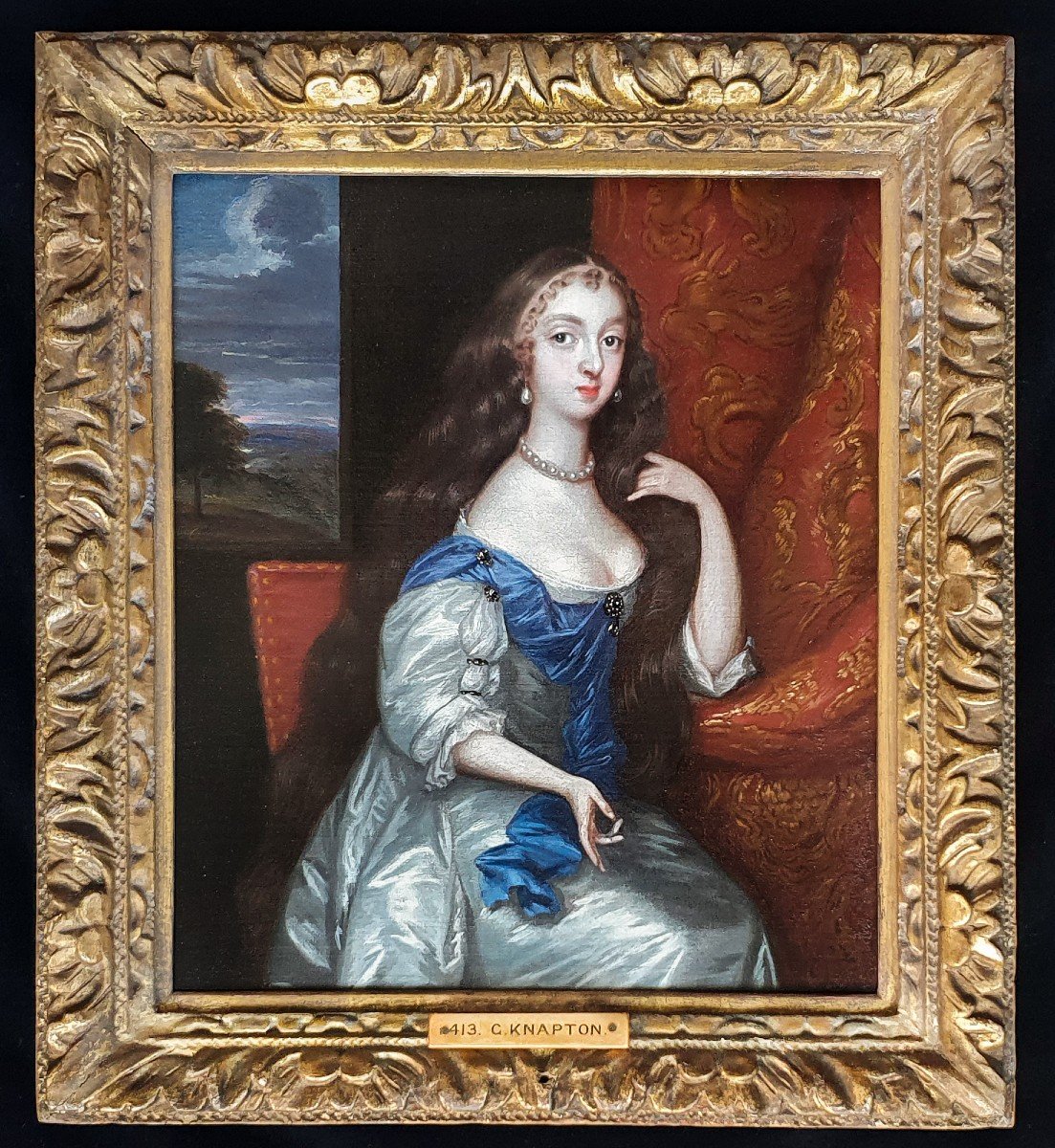


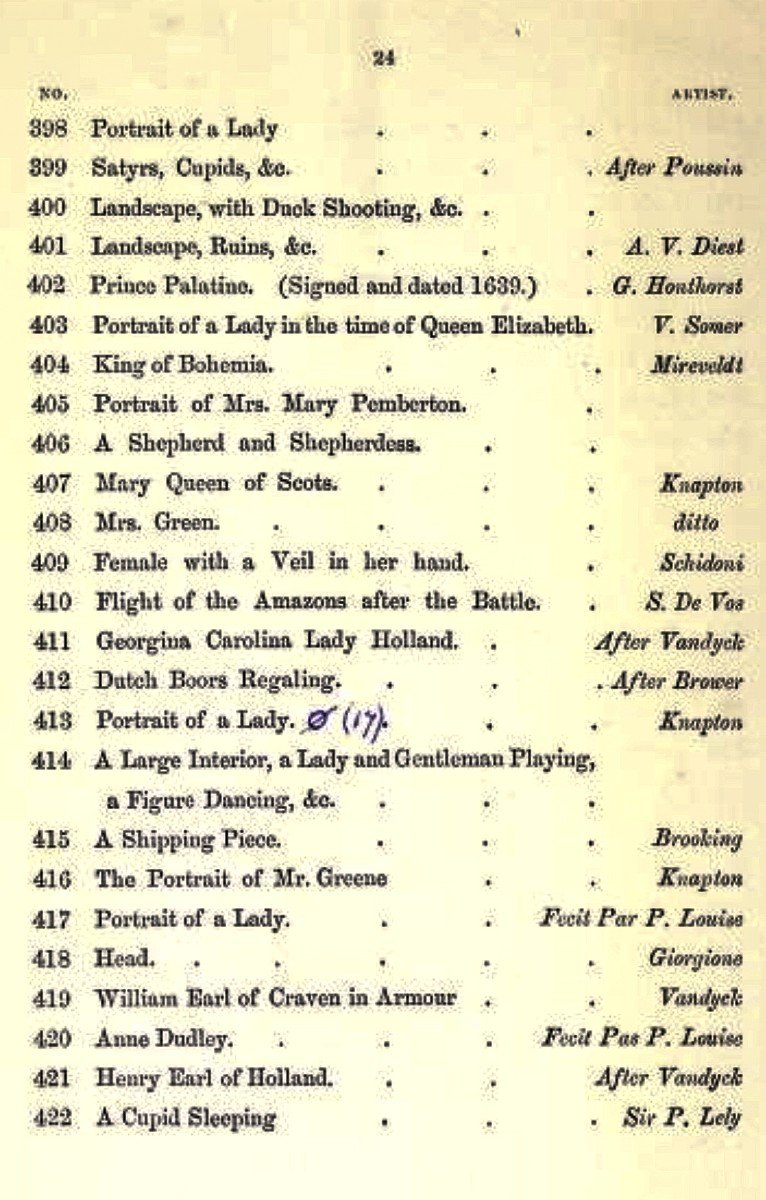

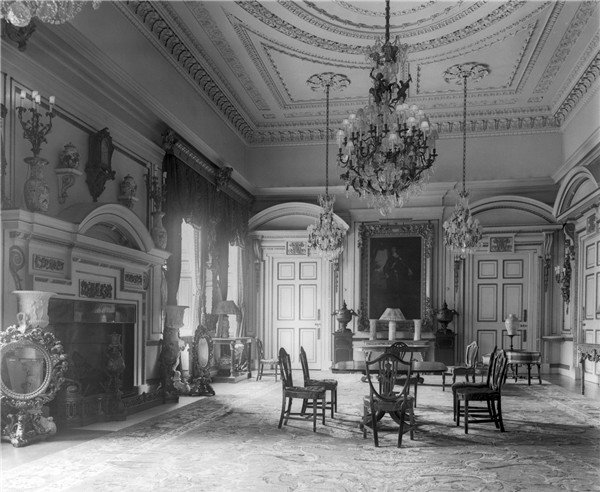




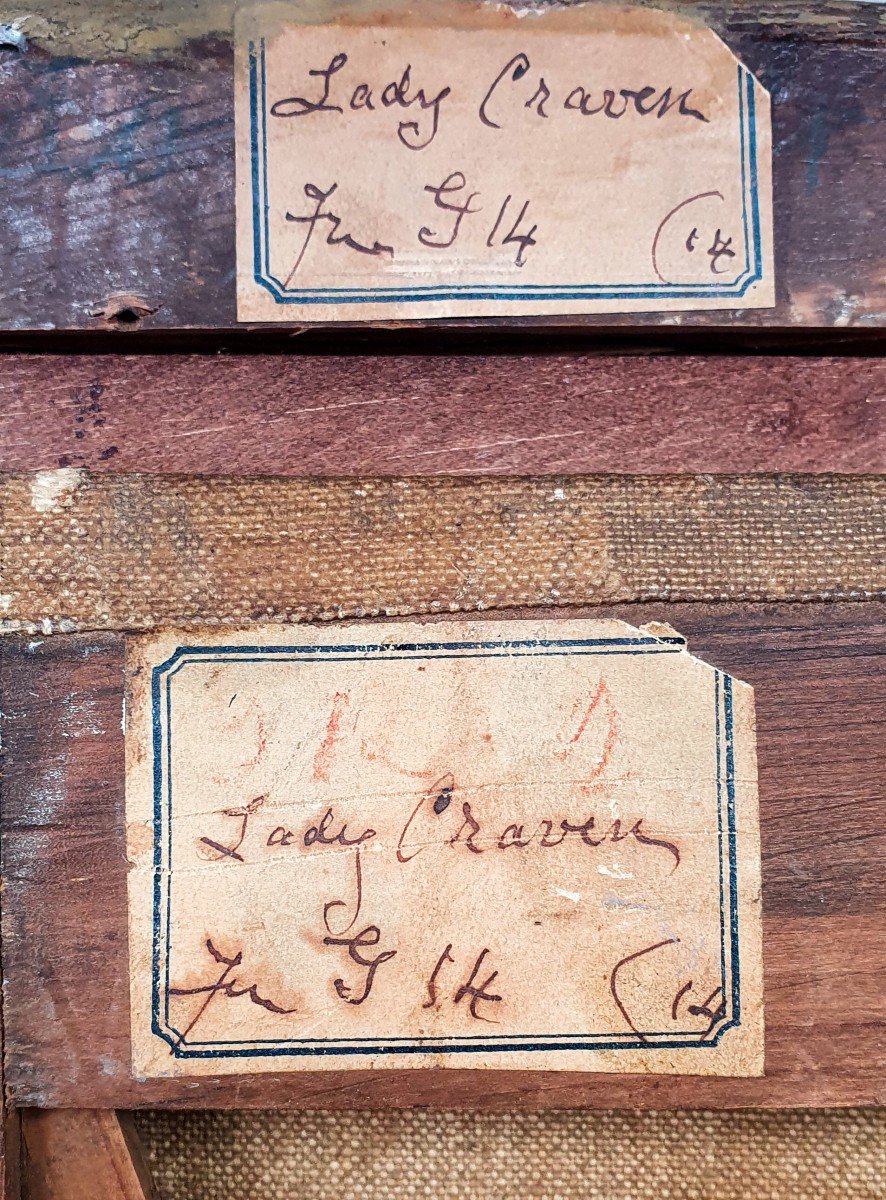
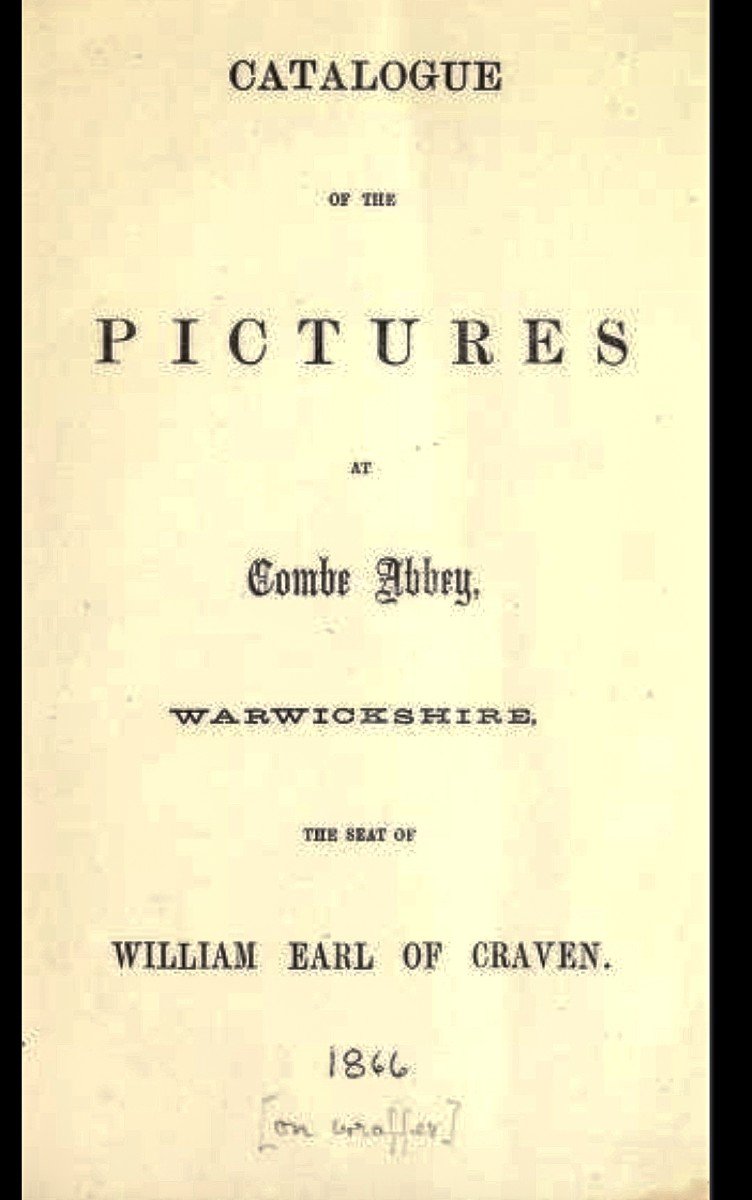







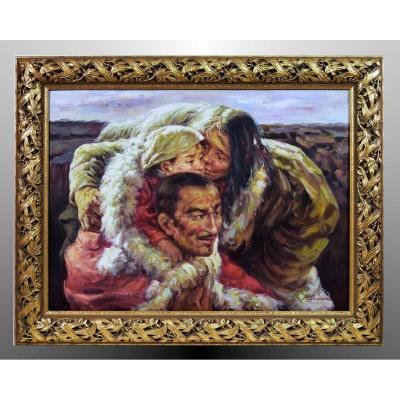

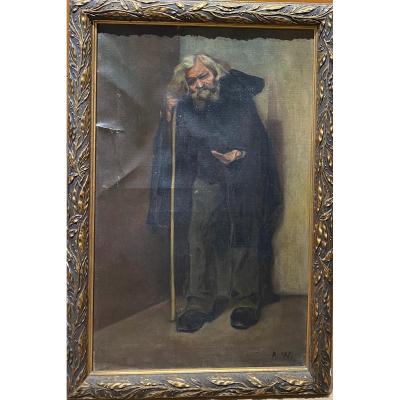

![Portrait Of An Italian Flower Girl, Dated 1882 By Carlton Alfred Smith [1853-1946]](https://www.proantic.com/galerie/sfa-gallery/img/small/807266-main-60fa69ac16315.jpg)



 Le Magazine de PROANTIC
Le Magazine de PROANTIC TRÉSORS Magazine
TRÉSORS Magazine Rivista Artiquariato
Rivista Artiquariato
